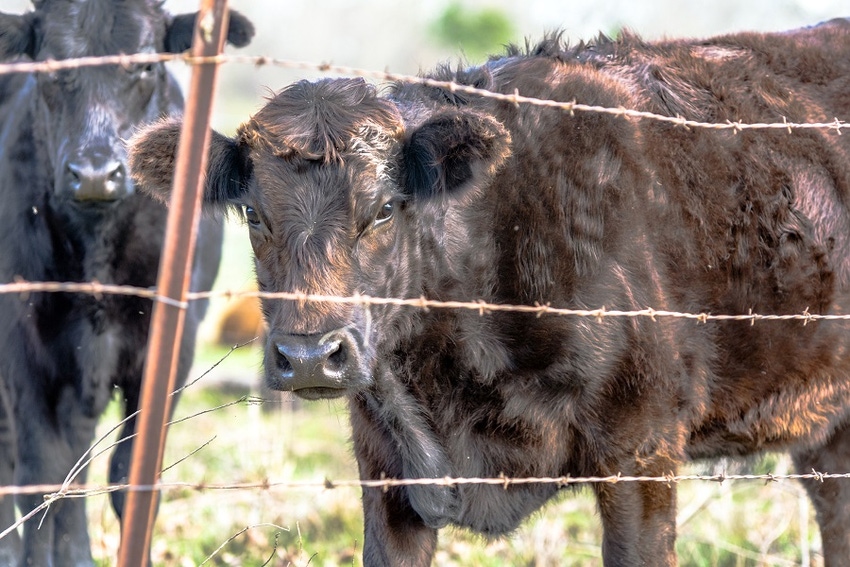
A conversation I've had with people many times in the past starts with some variant of: "That's all right for you but I have to pay the mortgage."
This can't-do reasoning is applied whether we are talking about instigating grazing management, reducing hay feeding, or getting away from toxic chemicals. Quite frequently, there is an admission that, "I know it would be better but I don't have the time/money/labor/(pick anything that fits)."
Most recently, the argument was, "Planned grazing won't work here because this is a droughty country and there are times when we just have to feed until it rains."
My suggestion that they plan to sell stock when it gets dry was met with, "We have to have enough cows to make a living and besides it may start raining tomorrow."
The reality is that grazing cattle is traditionally a low-margin business and few operations can afford to feed animals for any period of time. Trying to feed your way out of a drought is usually a bad financial decision but, if done on pasture, it is always a bad ecological decision.
The most damaging practice -- both financially and ecologically -- a grazier can make is to hold animals on grass that can no longer feed them. It matters not that you are feeding them all they need. They will still pick every green leaf as soon as it is big enough to bite, and by doing so will drain what reserves the stressed plants have left. Plants cannot stand this abuse for long. The forage base will suffer and, even more important, the soil will suffer.
As bare ground increases, precipitation runs off instead of soaking in and soil temperatures become more intense: Hotter in the summer and colder in the winter. Soil life, which determines both the physical and the chemical makeup of soil, dies out and we are left with sparse, low-quality vegetation growing poorly on compacted or in some environments fluffy, low-fertility dirt.
We may have saved the herd but we have lost a portion of our land resource. Before we came on the scene with windmills, hay and sacked feed, when drought came the animals either left or died.
Drought does not destroy grasslands, but our management during drought has been the prime cause of range destruction worldwide.
Any banker worth the name will tell you using capital for day-to-day living expenses is poor financial practice. From a business standpoint, we want to live off the interest and preserve the capital to grow the business. This is true for fiscal matters and it is even more true when we are dealing with ecological factors.
We may get lucky and replenish our bank account on a rising cattle market or a spell of good weather. It is far harder to replenish our biological capital. This biological capital is the true wealth of farmers and ranchers. It includes soil health, biodiversity, functioning water and mineral cycles, strong energy flow, and healthy populations made up of healthy individuals – animals, plants and microbes. This biological capital is what gives long term stability and productivity to our operations.
It is possible to wring money out of a deteriorating environment but it comes at a terrible cost. Using up biological capital for day-to-day living means our future productivity will go down. It is a situation like the pioneer family that eats part of their seed corn; they lose the means of production and this may be deadly.
In the modern metaphor of that, we probably will not starve but neither will we prosper like we could, so long as we deplete our biological capital. Texas A & M published figures in the 1950's saying that the carrying capacity of Texas ranges was decreasing at a rate of 5% per year.
Native ranges all over the world are turning to desert at a distressing rate but this does not have to happen. We know how to reverse the damage. It is completely feasible to manage our land so we can both take a profit and increase the health of our resources. To be successful at this will require that we change from focusing on short term goals – this years' wheat crop or next years' calf crop and instead focus on the well being of the entire soil, plant, animal, wealth, human complex that we call a ranch.
About the Author(s)
You May Also Like




